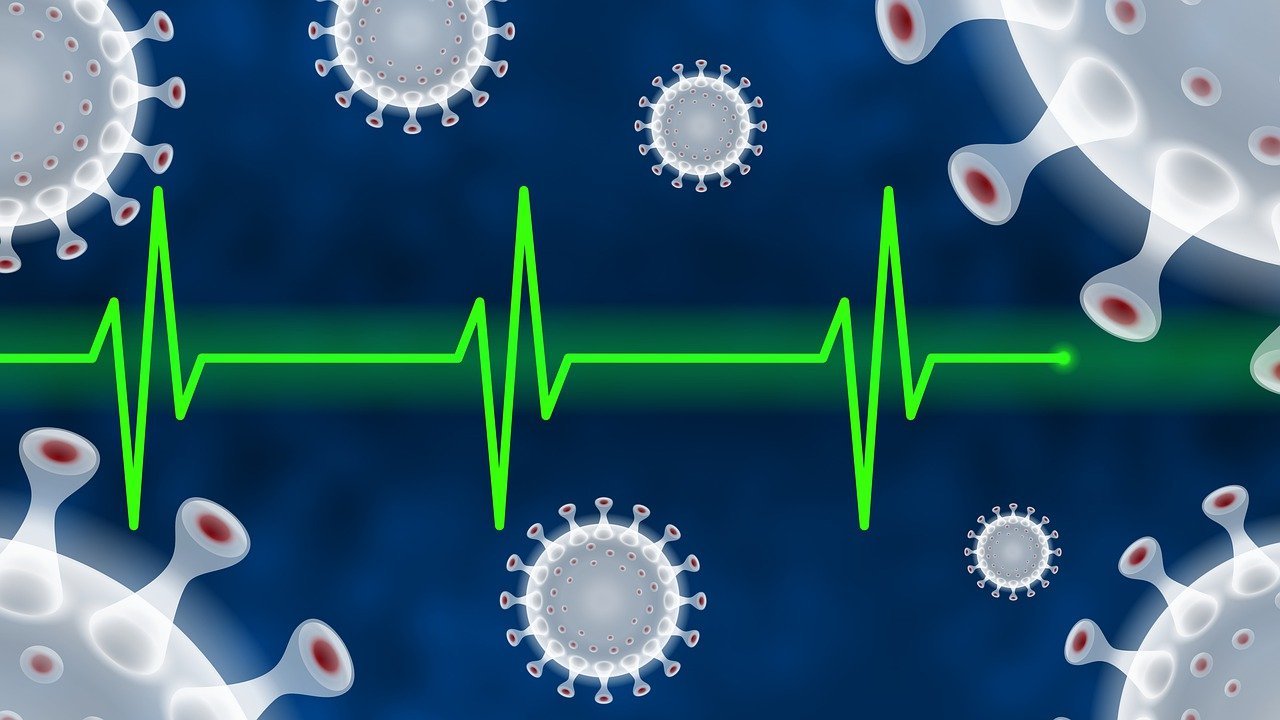The South Korean government held a meeting of the Central Disaster Safety Response Headquarters on the 29th, announcing that the non-capital zone will raise the pandemic prevention level to level 1.5 from December 1. The capital circle that has applied level 2 pandemic prevention will maintain this level, but “targeted” pandemic prevention will be adopted for facilities with frequent infection.
Level 1.5 pandemic prevention will limit the number of people using public facilities, and level 2 will be stricter. Other measures of level 2 pandemic prevention include that coffee shops are prohibited from eating all day long, only packaging and takeout are allowed; restaurants are prohibited from eating after 21:00; and the practice room is prohibited from operating after 21:00.
In view of the recent frequent infection in sauna rooms and aerobics classrooms in the capital circle, the government has decided to strengthen pandemic prevention in bathing facilities, indoor sports facilities, cram schools and training courses.
The latest implementation time of pandemic prevention in non-capital circle and capital circle is 14 days and 7 days respectively.
Yonhap reported that the South Korean government made the above decision mainly because the “third wave of the pandemic” centered on the capital circle spread to all parts of the country.
The pandemic in South Korea has rebounded significantly recently. South Korea’s Central pandemic Prevention and Response Headquarters reported on the 29th that from 00:00 on the 28th to 00:00 on the 29th, South Korea added 450 new confirmed cases of COVID-19, with a total of 33,824 confirmed cases, 1 new death and a total of 523 deaths. This is the first time that the number of new confirmed cases in South Korea has dropped below 500 in recent days.
Yonhap reported that although the number of new confirmed cases has decreased in the past four days, it is difficult to conclude that the spread of the pandemic has been effectively curbed. The decrease in data reported on the 29th may be related to the reduction of more than 7,000 tests on weekends compared with normal.
Among the new confirmed cases reported on the 29th, 413 were local cases, including 263 in the capital circle. In the past week, South Korea has reported an average of more than 400 new cases per day, which has reached the national pandemic prevention standard of 2.5.
South Korea’s pandemic prevention department believes that the pandemic is still spreading in daily activities such as gatherings of relatives and friends, offices, cram schools, saunas, etc., and may continue for a longer time. Experts predict that more than 1,000 new confirmed cases may occur in a single day.
South Korea is scheduled to hold the college entrance examination on December 3, and the number of candidates nationwide is expected to exceed 493,000. The worsening of the pandemic has intensified concerns about the spread of the virus in the examination room.
South Korean President Moon Jae-in went to Wushan High School, a home quarantined test site in Longshan District, Seoul City, on the 29th to inspect the preparation work and connect with the staff of ordinary test sites and confirmed candidates.
He encouraged candidates and invigilators, urged them to do a good job in pandemic prevention, and called on the public to avoid unnecessary dinner parties, cooperate with the government’s pandemic prevention measures, and cheer for candidates.



